Content marketing plays an integral in your medical practice’s ability to attract new patients online — but without the proper approach, you may be doing more harm than good.
When it comes to digital marketing, establishing brand credibility among your target customer base is arguably a universal objective — but it’s especially important within the medical space.
Patients entrust healthcare providers with their well-being — often their lives — and as such, they need to feel comfortable with and assured of their doctor or specialist’s expertise within their given field. Content marketing is, of course, one of the best ways to showcase authority and provide real value in the form of genuinely useful information. However, your content marketing strategy isn’t going to do you or your patients much good if they can’t actually find it in the first place.
Here are three common technical mistakes that can have a measurably negative impact on your medical practice’s online visibility.
Hosting Content On a Subdomain or Secondary Site
Sometimes practices choose to host high-value content on a subdomain or even a secondary site. Under some circumstances there may be a strategic argument for doing so, but usually it’s done to save time from a development standpoint. Unfortunately, this practice can have a seriously negative impact on your brand’s visibility in organic search.
Put simply, Google will view the subdomain as a separate entity, meaning that any and all referring links back to the subdomain have zero impact on your main site’s SEO. If you’re getting a lot of backlinks for your subdomain, the cost of migrating your content back to your main site is usually well-worth it when you consider the potential impact it can have on your search rankings.
Not Enough Internal Linking
If you want to give your SEO a quick boost, one of the best ways to do so is by adding internal links between different sections and pages throughout your website. This means interlinking between various blog posts, patient resources, service line pages, video landing pages, etc.
Some pages on your site will naturally garner a lot of internal backlinks (maybe a core patient resource page or a landing page with a “Book an Appointment” submission form), which makes them easier for Google to find and assign value you when indexing your site. It’s a good idea to periodically audit your internal linking structure to ensure a relatively even link distribution across the entire site.
Too Much Low-Quality Content
When Google rolled out its Panda algorithm back in 2011, one of its primary objectives was to penalize sites with too much “thin content.” Content is considered thin when it’s a relatively low quality page that provides little or no value to the reader — think duplicate pages, auto-generated text, or pages that are simply designed to send readers to other sites.
A lot of medical marketers think that they can mask their existing thin content by optimizing a few key pages and directing most of their traffic there. Unfortunately, it’s not that easy to outsmart Google. The way the Panda algorithm works is that it effectively assigns a score to your website based on the total amount of unique and relevant content it hosts. If you’re site contains a lot of legacy content that’s sitting on the wrong side of the “thin” threshold, one or two impressive, high-value pages aren’t going to keep your rankings from taking a hit.
In some cases, it may be possible to salvage some of these pages. However, for those pages that are too far gone, it’s probably more effective from an SEO standpoint to simply remove them altogether.
At the end of the day, always remember that it’s not just about pleasing Google’s algorithms. If you want to attract new business online, you need to ensure prospective patients have a positive experience when they visit your site. That means making sure your content is easy to find, relevant, and genuinely informative.

















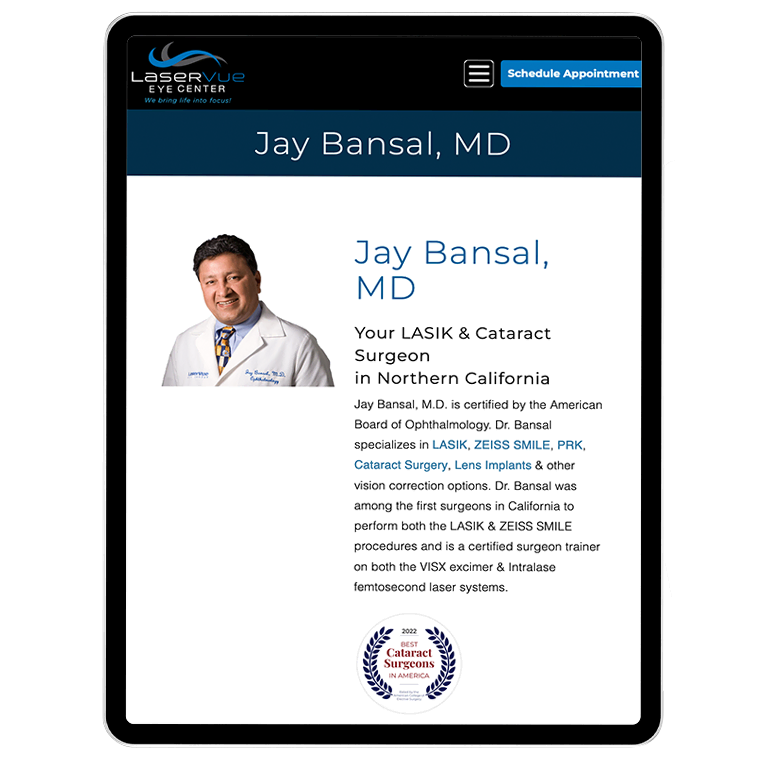


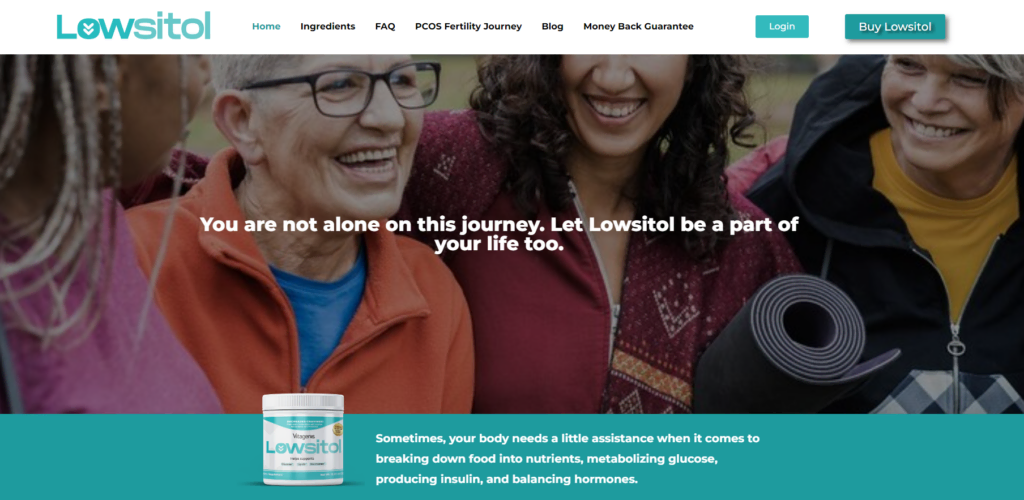


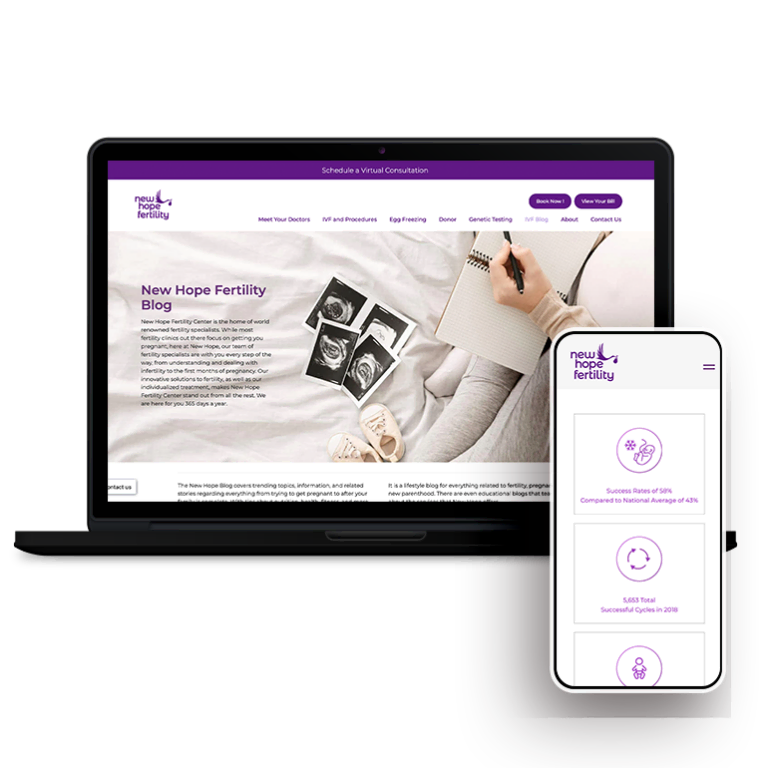


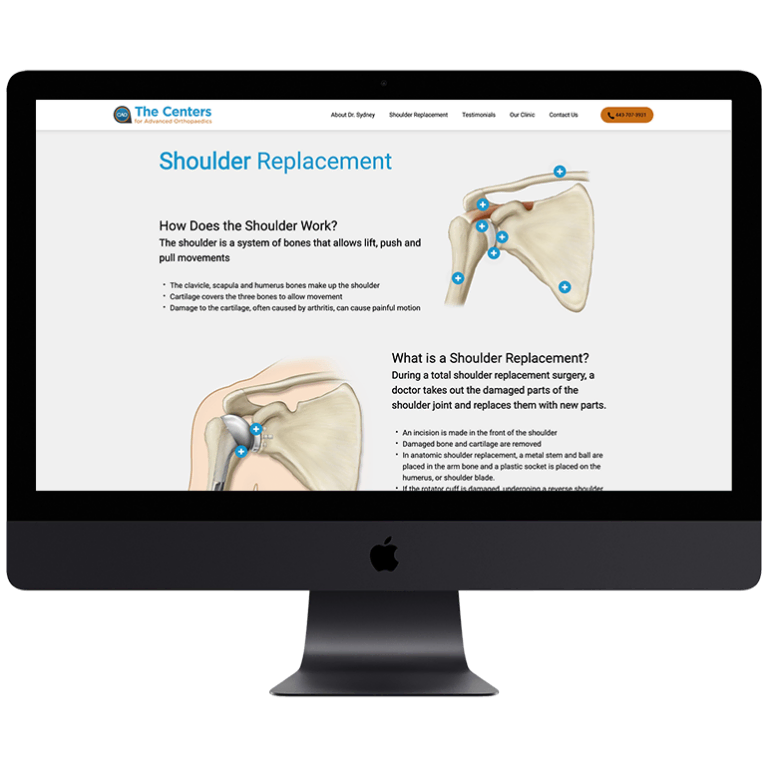







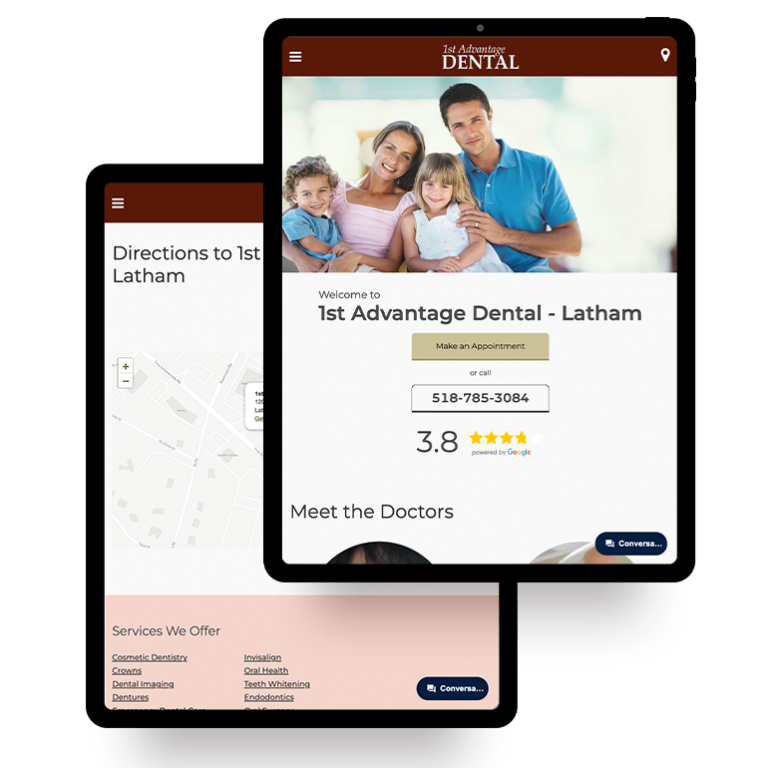


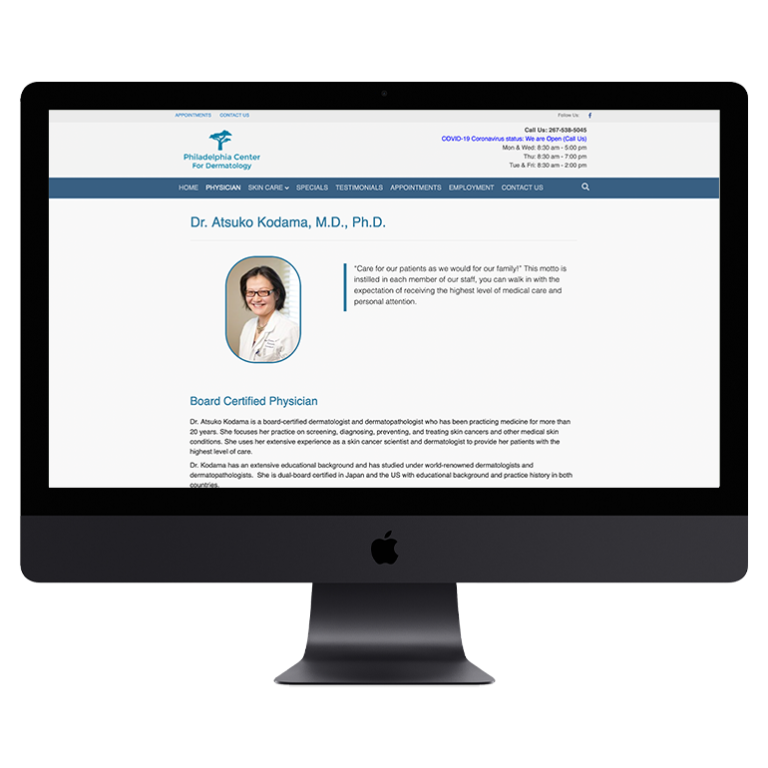






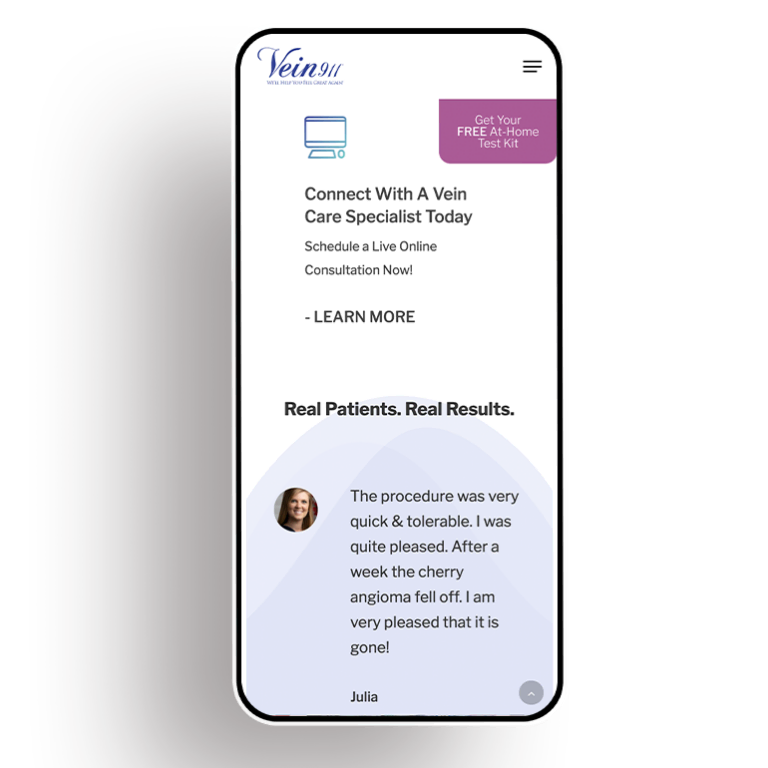


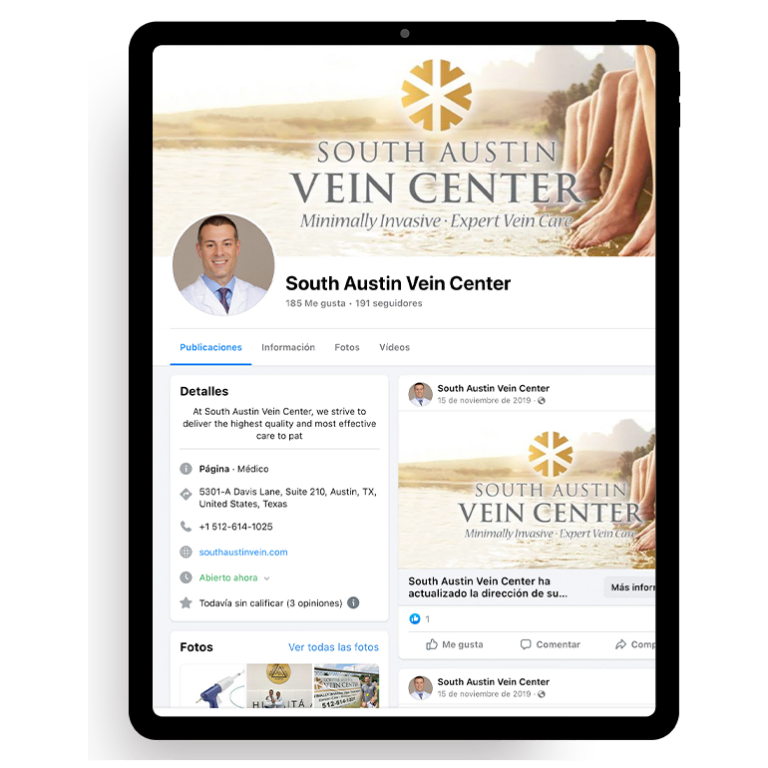



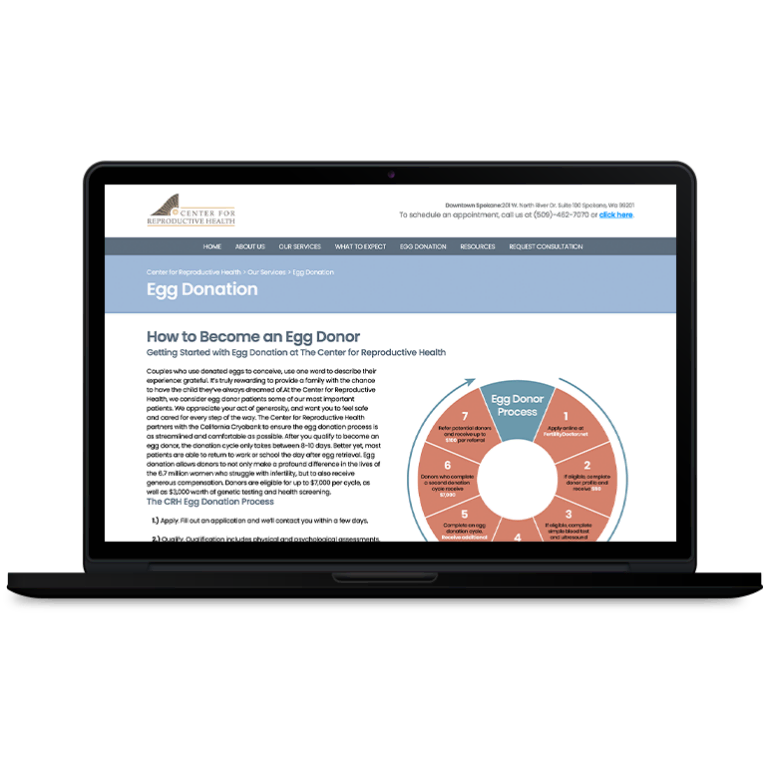

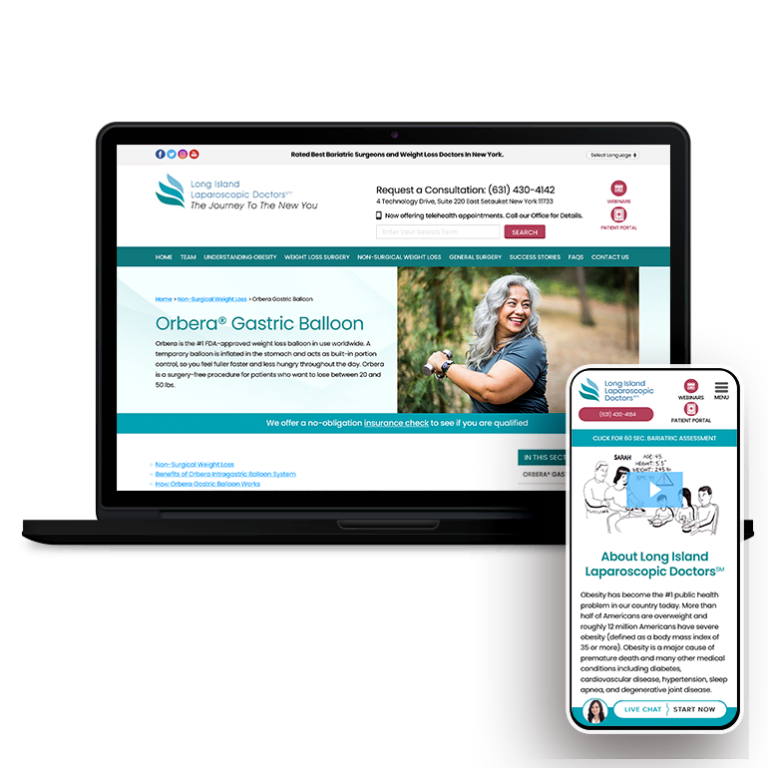

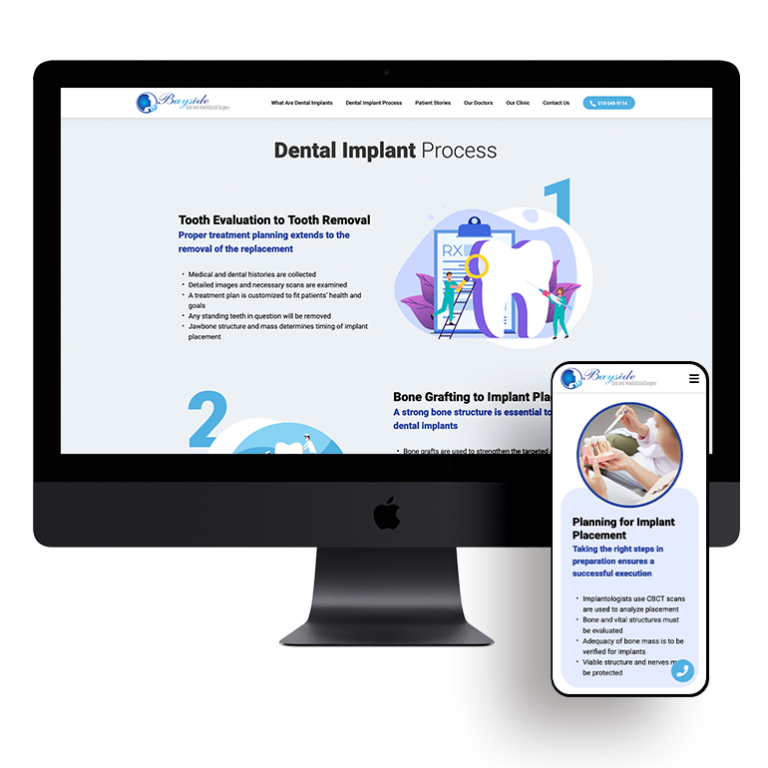




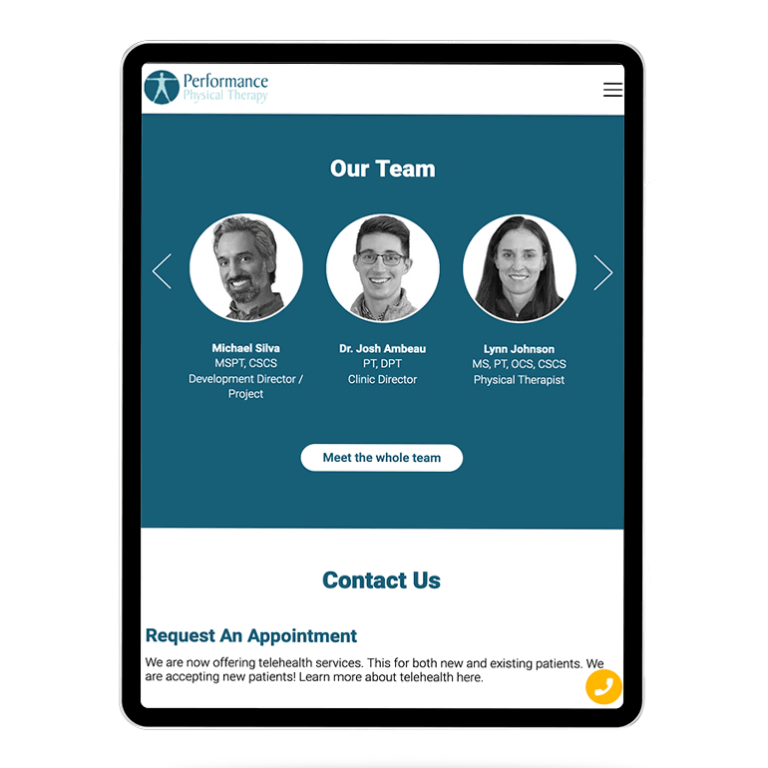


 Smart Design Creates New Patient Opportunities
Smart Design Creates New Patient Opportunities